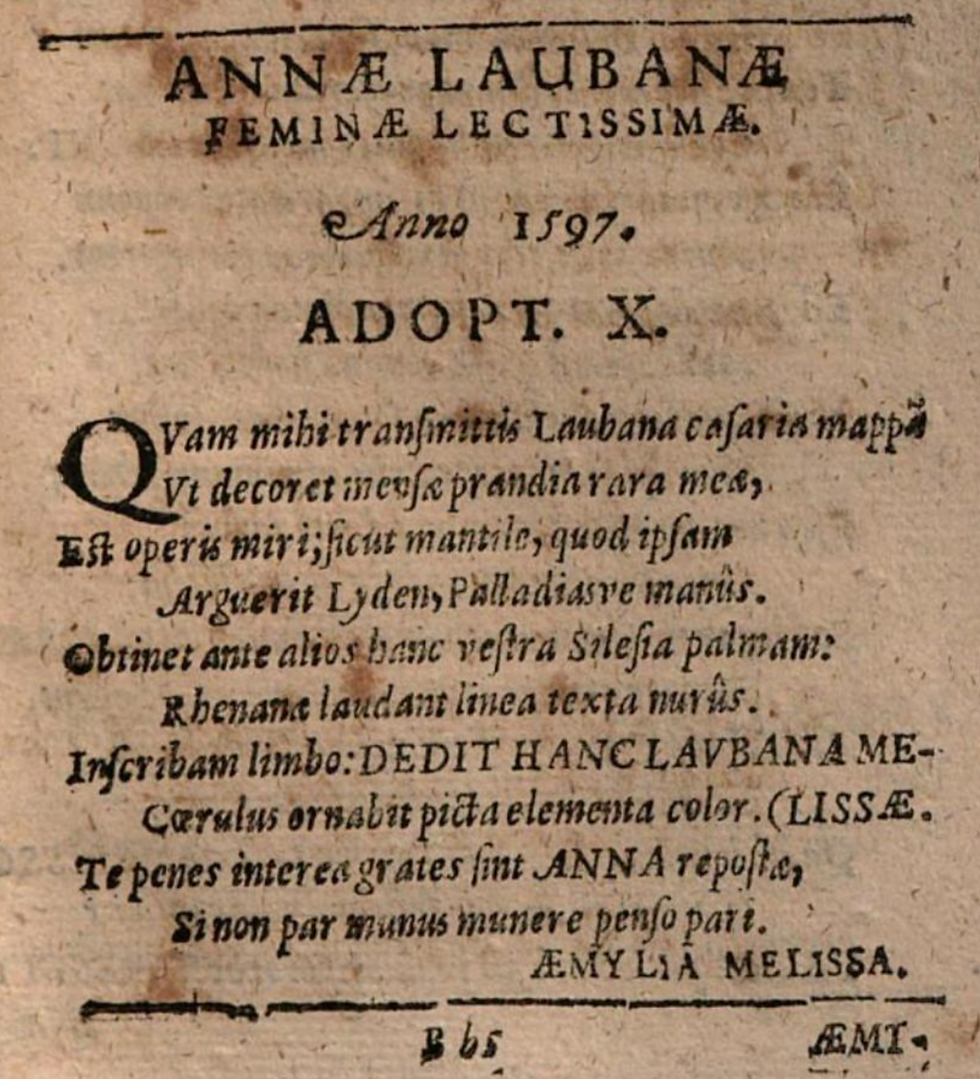Actus III: Parsing and Annotation
- Skye Shirley

- Apr 28, 2018
- 3 min read
Perhaps it's contradictory to post about the role of grammatical annotations in Latin, after years of strongly supporting the research into comprehensible input. I often worry that by focusing so much on learning about Latin (conjugations, cases, etc.) we actually take the attention away from learning Latin. But nevertheless, there are sometimes challenging passages that I can't fully wrap my head around. Maybe it's because there's a relative clause with an invisible antecedent, or a clause within a clause, or an implied main verb. Maybe the sentence is just plain long. For the most part, I find that reading the chunk several times aloud helps me understand the grammatical flow, but there are also some times when all I need to do is recognize what part of the sentence is dependent to pop the main clause out from all the extra clutter.
In a Latin I classroom, this often leads to phrases like verb hunting: a strategy that encourages students to crack the language like a code rather than build up to a deeper meaning through gradual scaffolding of texts. In general, I try to avoid this... But let's be real-- haven't we stumbled upon an old English poem, or Shakespeare passage, that is confusing simply because we don't understand how it should flow? To help us with these hardest of the hardest passages, it can sometimes be helpful to track our thinking via parsing.

So this week, I decided to practice parsing passages from Actus III, even if they weren't too chewy, just to test out a strategy I used years ago with Latin, and see how the shoe fits today. To start, I made a "key" of annotations. I then went through a passage, trying to use many of these signs, but to be honest it felt a bit like riding a bike with training wheels after years of being able to pedal without them. For example, I've read enough comedy now that I know a word like aliu' is alius, and so I gradually stopped writing "s" after such colloquialisms.
One line stood out to me: "illae mulieres sunt ferme ut puerī levī sententia..."

Those women are just the same as children, no weight in their judgement.
Or, in the Italian edition from the previous post:
Cosi le donne son come i fanciulli, di deboli cerbello.
Unlike the Latin, which blames women's sententia, something like a perspective, the Italian blames female anatomy: the mind itself, the brain.
I keep reading when I encounter sentences like this. I keep reading out of curiosity, out of stubbornness, out of protest. I keep reading because I would consider it a worse decision to stop reading.
Pamphilus' speech probably didn't need the full, "Beautiful Mind" style annotations because it was fairly comprehensible and plot-driven, but I did it anyway to see what I could learn from the process.

Perhaps the best part of this was recognizing how far I've come with Latin; that in my first year of Latin teaching, I was doing this to almost every passage in the Latin II textbook before teaching it. And now I feel it slows me down from the speed-reading I am used to. However, since reading comprehension has never been my forte even in English, I do appreciate a moment of lingering on the dependent clause, noticing adjectives and the color they bring to nouns, and listing idiomatic expressions I wouldn't normally produce on my own (eduxi me and intro me as two examples of surprisingly reflexive verbs).
So, while I don't recommend teaching texts as long chunks to be picked apart, as an experiment in the independent study, it was a worthwhile endeavor. I can't say it helped me understand the passage better, or even learn more Latin than if I had done it another way (by, say, making illustrations of the scene, or tiering the text), but it did allow me to appreciate the grammatical complexity of the language. I'll keep this trick in my back pocket for when I need it, and keep chugging onward to Actus IV.




Comments